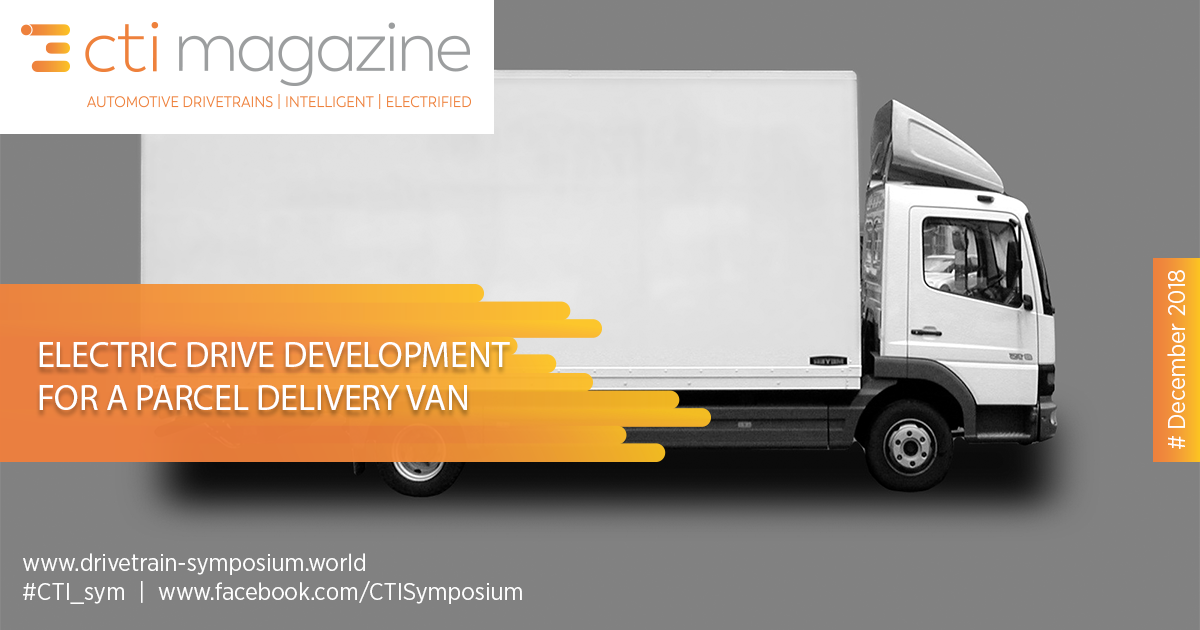
Introduction
Today electric drives find their application in almost all parts of mobility, transport and utility. In case of passenger cars, the main reason to develop EVs is to comply with NEV mandate targets or CO2 standards.
In addition, EVs provide car makers with further differentiation instruments within their product portfolio in the ever more competitive automotive market. However, their purchase price, range and charging times are not on par with those of ICE or (mild) hybrid vehicles yet. For the commercial vehicle segment the main reason to go for EVs is to help fleet-owners achieving an improved Total Cost of Operation (TCO). An immediate positive TCO can be found in city and regional delivery services, using electric light commercial vehicles (vans). The main reasonfor this positive TCO is that delivery vans run almost 300 days per year (6 days of operation per week) at 100km (city deliveries) to 300 km (regional deliveries) of daily range. If such intense utilisation is fueled by low electricity charging cost, which fleet-owners can usually negotiate, the higher purchase price of the vehicle can be earned back in a short time. Next to this benefit, electric vehicles require less maintenance cost, thanks to their limited number of rotating and moving parts. Even though the cumulated usage of these vehicles is vast, the driving range on a day to day basis is not excessively high, which limits the cost of the required battery pack. Only a limited part of the fleet would need a larger battery pack for regional delivery duty. On top of all these operational benefits, electric delivery vans are quiet and emission free, which complies extremely well with the upswing of zero emission and/or diesel-banned city zones in which they have to operate.
Electric Powertrain Solution
Punch Powertrain has developed a new dedicated electric drive for delivery vans up to 4200 kg GVW. These vehicles have a maximum speed of 90 km/h and must enable a drive-off from standstill at 20 % uphill grade, GVW and at least 0.5 m/s2 acceleration. Furthermore, because of the extremely high amount of full park stops for door deliveries, the usage of the transmission park mechanism is far more intense than in any other application. In this article we describe the results of this development process in more detail as well as the final product and implementation in the target application for the StreetScooter WORK XL. StreetScooter GmbH is a 100 % subsidiary of German DHL.
Read the whole article and download the CTI Mag for free!
